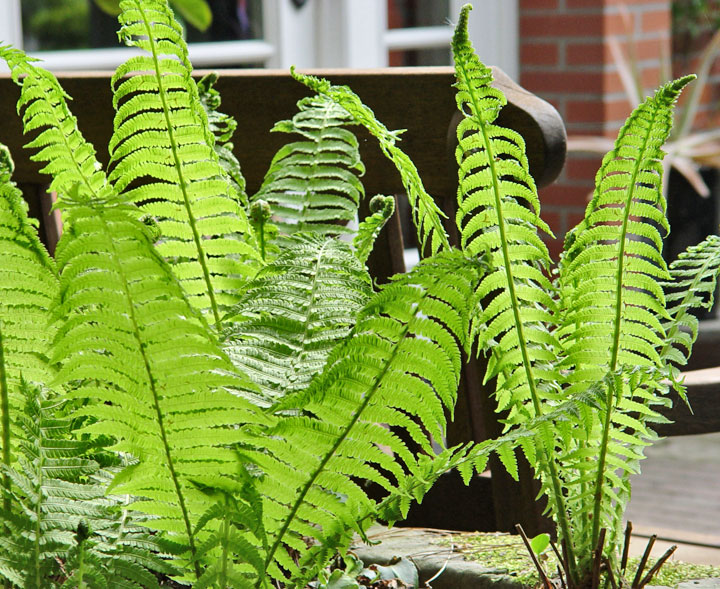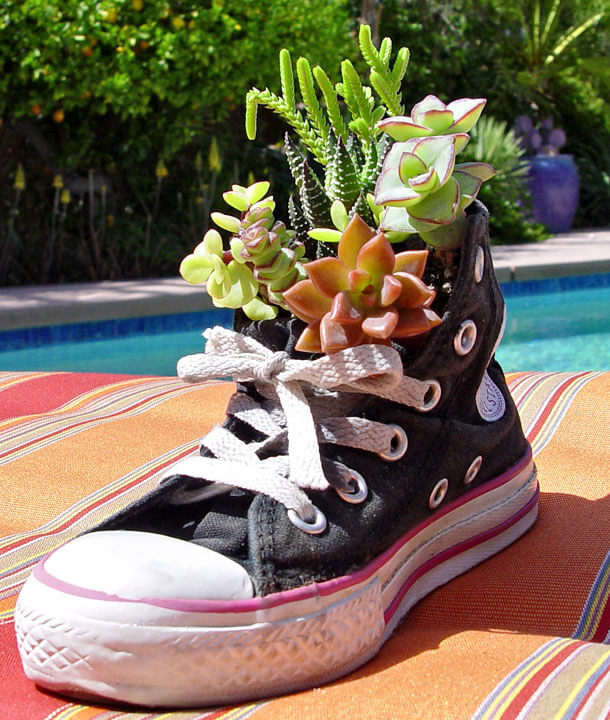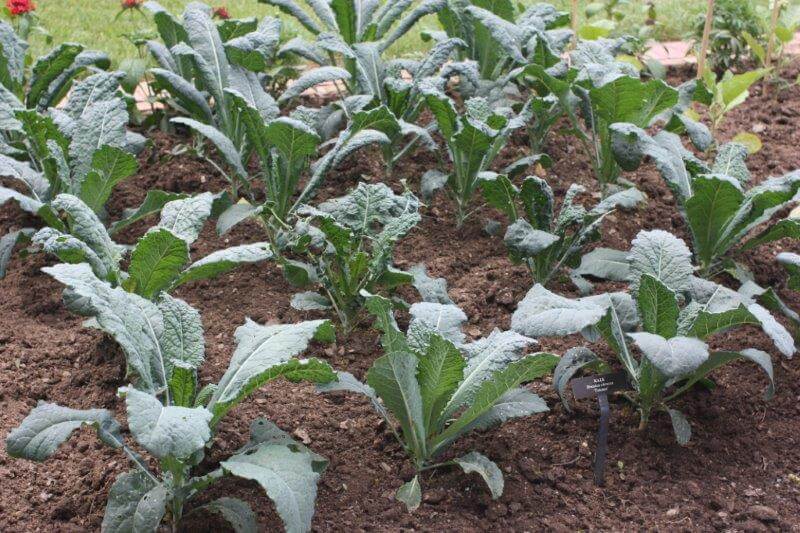Ferns are useful houseplants for cleaning the air, particularly when it comes to formaldehyde. Formaldehyde is a problem in some newer homes. The emerging science of phytoremediation uses plants to filter toxins from air and soil. Studies revealed that ferns are a natural for absorbing formaldehyde from the air inside your home. As they transpire, the formaldehyde is taken into the plant with carbon dioxide, then only oxygen is released to filter air naturally. So if you haven’t repotted that old fern, or if you’re on a budget, buy lots of smaller ones and repot to make the air inside cleaner than ever.
Tag: Maureen Gilmer
Shoe Planters for Low-Cost Holiday Gifts
You can plant succulents in any container that holds soil and drains well. Those little shoes the kids grew out of make charming low cost holiday gifts for friends and family. Simply punch a few holes in the sole with a hammer and large nail. Then fill with Black Gold Cactus Mix and plant with lots of very small, inexpensive succulent seedlings. This idea is great for ladies’ high heels too. Shoe planters make for a fun, green family project that recycles shoes, utilizes water-conservative plants that will offer color all winter long.
Dietary Habits of Annual Flowers and Vegetables
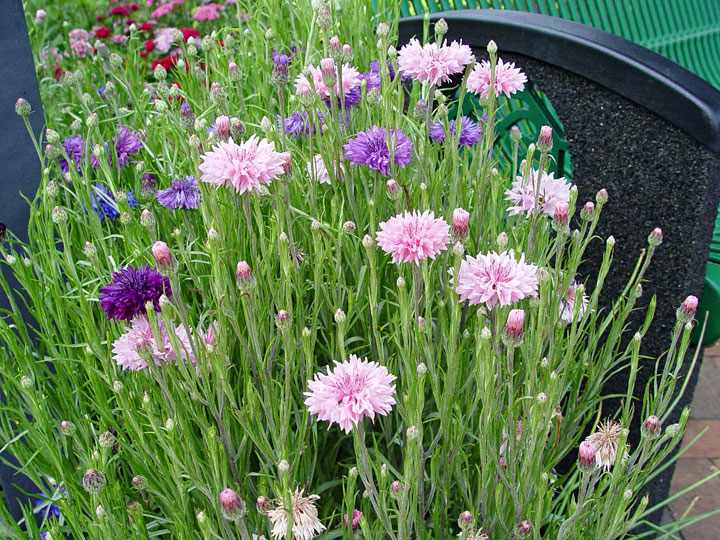
“Annual, biennial, perennial,” sounds like an incantation from a Harry Potter movie. But it’s gardener lingo that divides up the whole bedding plant world. If you’re new to gardening, these three terms may seem confusing, particularly when they are misused so often. Simply put, all relate to the life span of the plant. While their definitions are straight forward, it is the annuals that we plant and grow more than any other kind of plant.
What is an Annual?
Annual is derived from the Latin word for year, annus. It refers to a group of plants that grow from seed, mature, flower, set seed and die in the span of a single year. Their year is actually shorter, from spring through fall. Therefore you can expect all plants listed as annuals to grow fast in order to accomplish so much a short time.
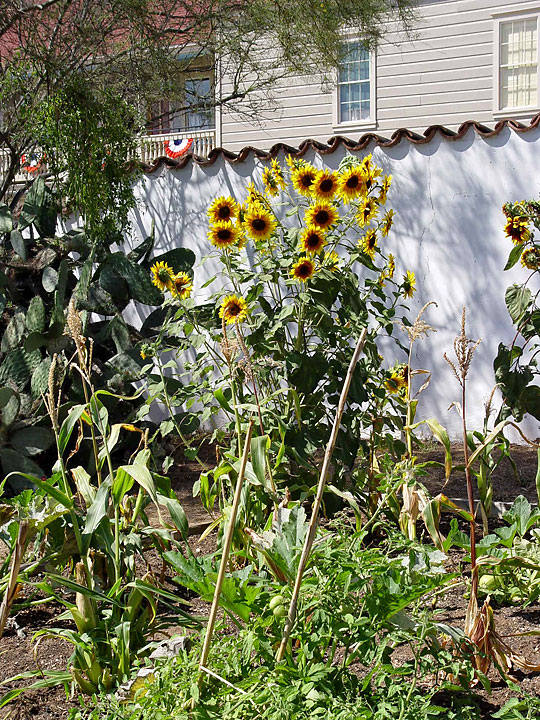
Marigolds, tomatoes and sunflowers are all annual plants. The exception here is in mild climates with little or no frost to kill annual plants at the end of the season. There annuals such as pansies and snapdragons bloom through winter in southern California and Florida, and elsewhere they may even survive a nip of frost.
Annuals are the heaviest feeders of all. They do a lot of work between seed and frost. If they fail for a new gardener, it always leads to one thing: soil. The many phases of growth requires more nutrition for plants to remain healthy. Modern varieties are developed in an environment of perfect nutrition levels, so they will be even more finicky about poor fertility than heirlooms.
Feeding Annuals
To ensure you have success with your winter annuals or all of next year’s garden it’s vital to understand the dietary habits of annuals in order to provide all the plant nutrition you can. When flowers are grown in containers, use Black Gold All Purpose Potting Soil. It contains a slow release fertilizer that feeds at low doses over many months. This low dose is perfect for winter annuals. Use it for summer annuals too, but plan to add regular doses of fertilizer in that season because plants grow faster and demand more then.
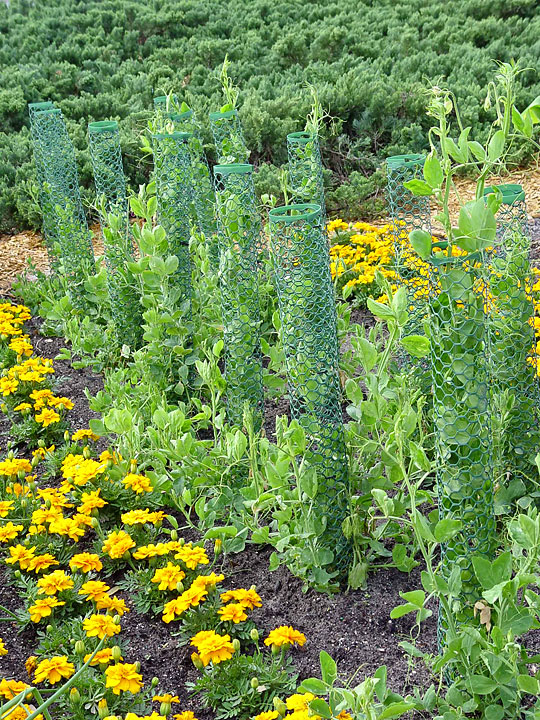
Annuals sown in beds and borders are equally demanding, particularly if you live in a new home were there has been little added to the natural soil. When planting here, work the ground with a good dose of Black Gold Garden Soil so the organic matter filters in to open clay soil and add more water holding potential in porous ground.
Annual Veggies
The heaviest feeders of all are vegetables because not only do most flower, they must also produce fruit. Here your soil prep will really pay off in yields. The best amendment for all types of soil is Black Gold Garden Compost Blend because it’s packed with fine organic matter and fertilizers such as bat guano, the richest source of organic nitrogen on Earth.
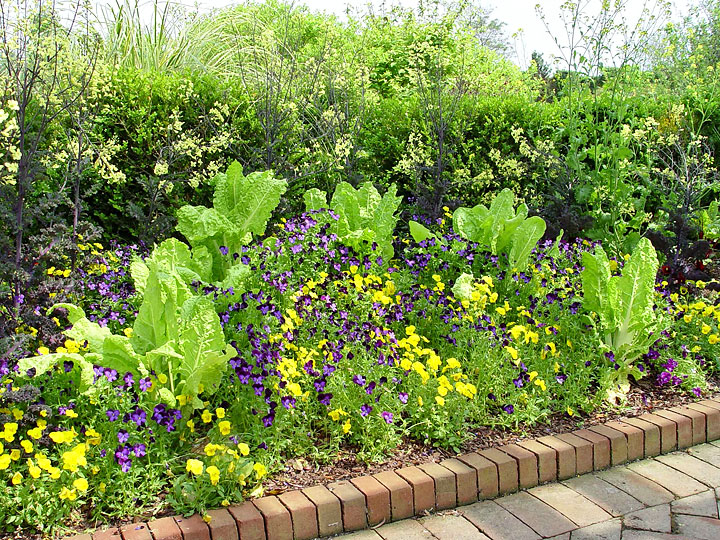
There are also natural nutrients in Black Gold Earthworm Castings that feed the roots of vegetable plants. Then at planting time, cultivate in a generous dose of castings, which are organic and add to your soil’s fertility. By the time your annuals have reached a good size, the fertilizer is ready to be taken up for improved flowers and fruit.
Anyone who can find success with annuals will find perennials and biennials a breeze to grow. So during the off season where conditions are mild enough, use the cool days to fortify your soil for a dynamite result next year. Just remember to keep it organic so you can clip violas for your holiday salad and eat tomatoes right off the vine without a care in the world.
Pot Up Garden Plants for Winter Joy
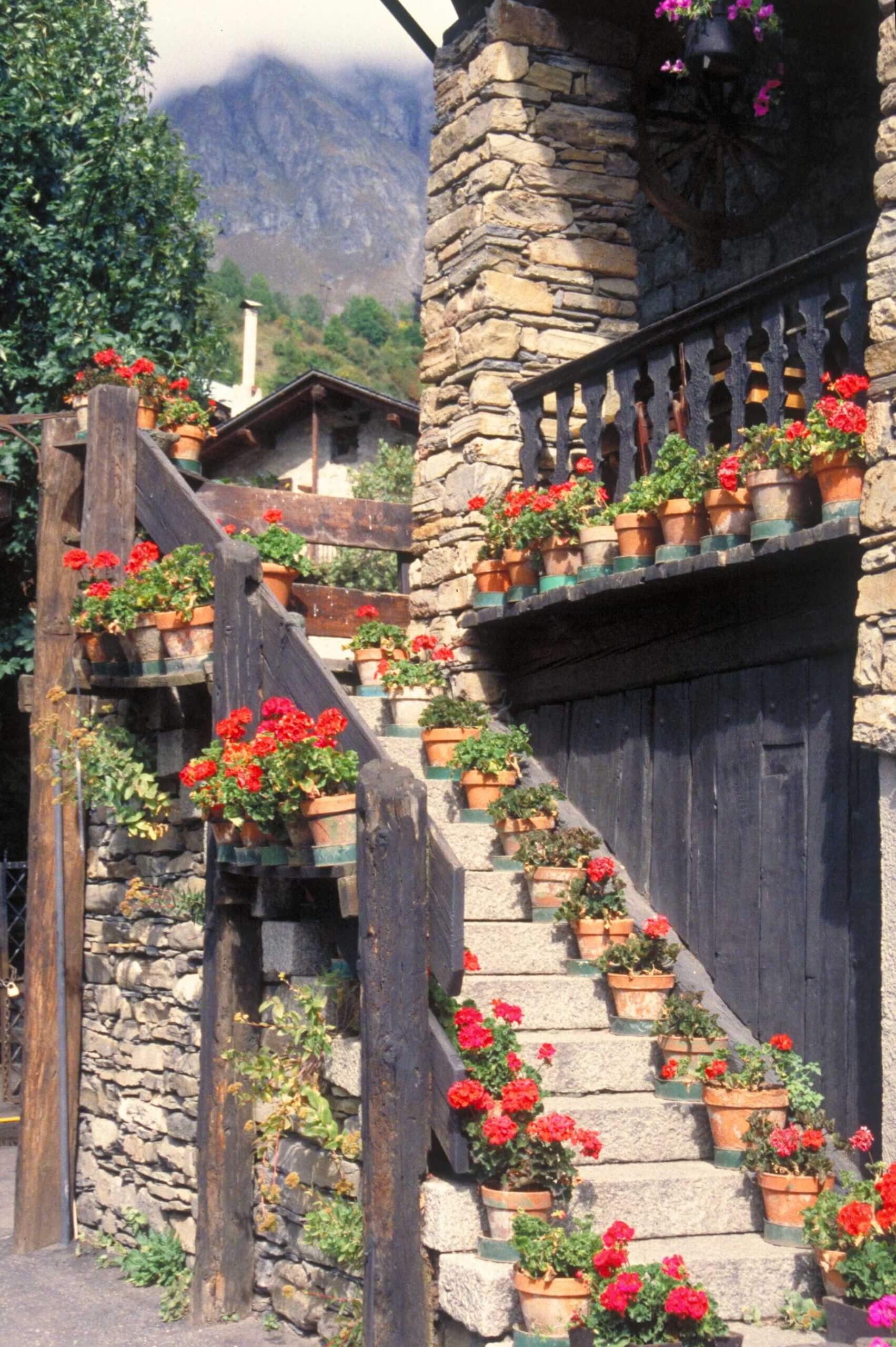
Autumn brings an end to the summer garden, but you need not say good-bye to everything you planted this year. It’s an age-old practice to pot garden plants of certain varieties to bring indoors where they live on for months, and some may even survive the winter to grow for another year.
Zonal geraniums are favorite garden variety Pelargoniums that grandmother traditionally dug from the soil, potted up into red clay, and set upon the window sill. These will remain evergreen, which is all you need to enjoy the exotic brightly colored foliage of fancy-leaved types. The ability to winter-over geraniums this way makes them a better buy than one season annuals that die with the frost. This is also a great time to take cuttings to make more of your favorite colored leaves and flowers for next year’s garden.
The trendiest group of plants today are succulents. There are some such as sedum that are cold hardy, but the popular ones are frost tender species from southern Africa. The big showy varieties are expensive and too often thrown away after they bolt to flower at the end of the season. Bolting spoils their beautiful shape, but it doesn’t mean the plant will die afterwards. They are in fact long lived if protected from frost.
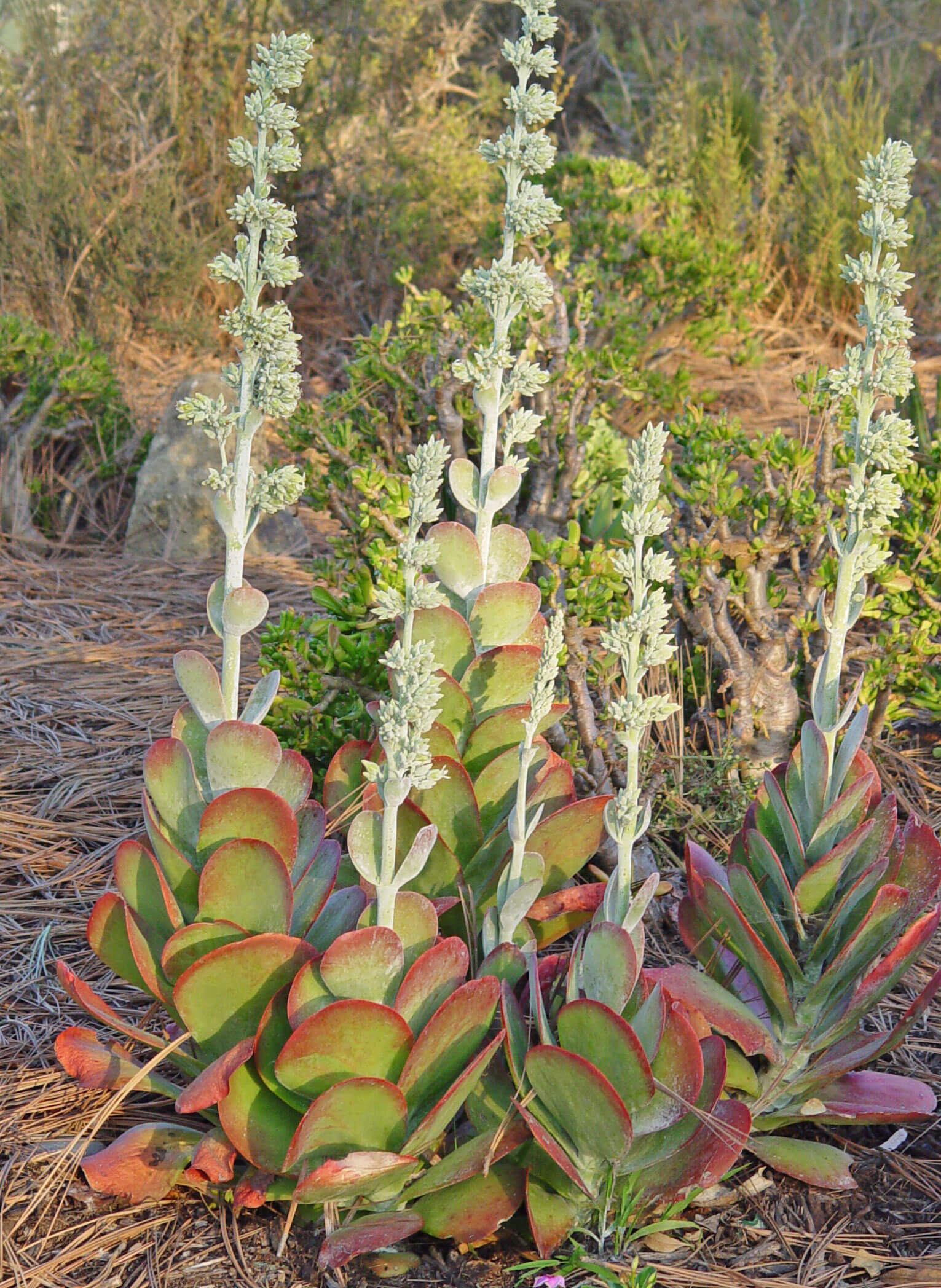
The most outstanding of the tender Kalanchoes are flapjacks with their pancake-sized leaves that make them prized plants. Ditto the larger Echeverias. Now is time to cut off the spent flower spike and repot the base in super-porous Black Gold Cactus Mix. Over the winter months it will produce many offsets that you can pluck and plant come spring to expand your succulent garden next year. Recently, spider plants have become very popular outdoors due to their vivid leaf color and long, dangling stems. Gardeners often cut the danglers and plant them into shaded garden soil after the last frost where they root over the summer. In fall, dig these up and plant into pots so they flourish on a warm windowsill until spring returns.
For all ornamentals, use Black Gold All Purpose Potting Soil which contains slow release fertilizer that ensures there is sufficient fertility for winter growth. This is ideal for zonal geraniums and spider plants as well as tropicals and tender perennials.
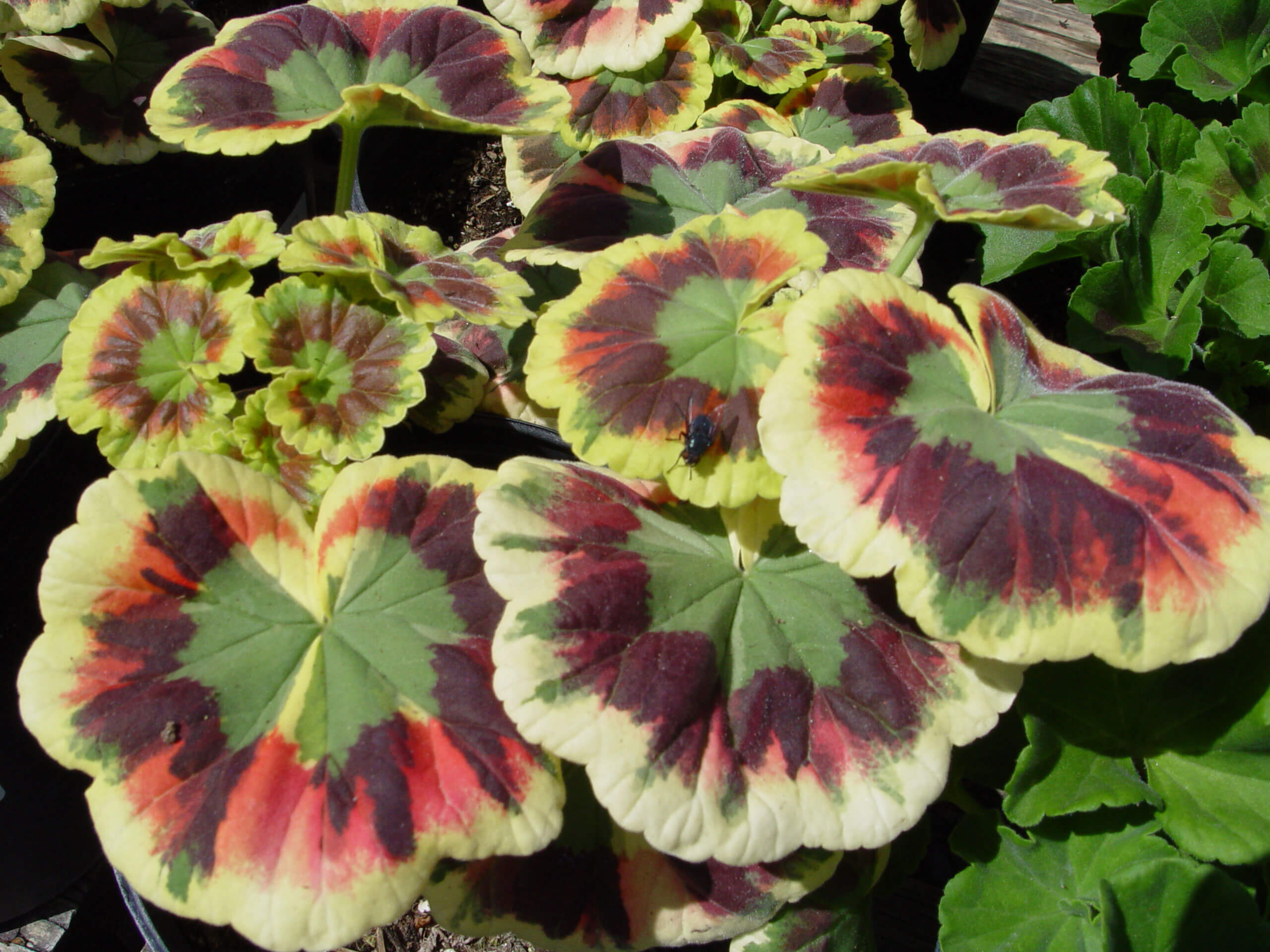
Food plants and herbs from your organic garden may be potted in Black Gold Natural & Organic Potting Soil. Because we use only the leaves of herbs, keep them alive over winter to retain their foliage for fresh seasoning. For example, dig a chunk of oregano before the plant is burned back by frost, then pot it up and bring indoors to season your Italian dishes all winter long. The same applies to mints and thyme. Just be sure the plants you bring inside are free of any pests or diseases that may otherwise spread to your healthy plants.
Even though frost may spell the end of your outdoor garden, it is the beginning of your indoor one. Load up on fresh potting soil before garden centers store their supplies. Set a small table against a south facing window where the plants receive the most sunlight. Transplant, repot and start your offsets in this controlled environment. They’ll become a living link to the beauty and fragrance of your summer garden on those dark days when the ground is frozen and the snow flies.
Reusing Old Potting Soil is Bad
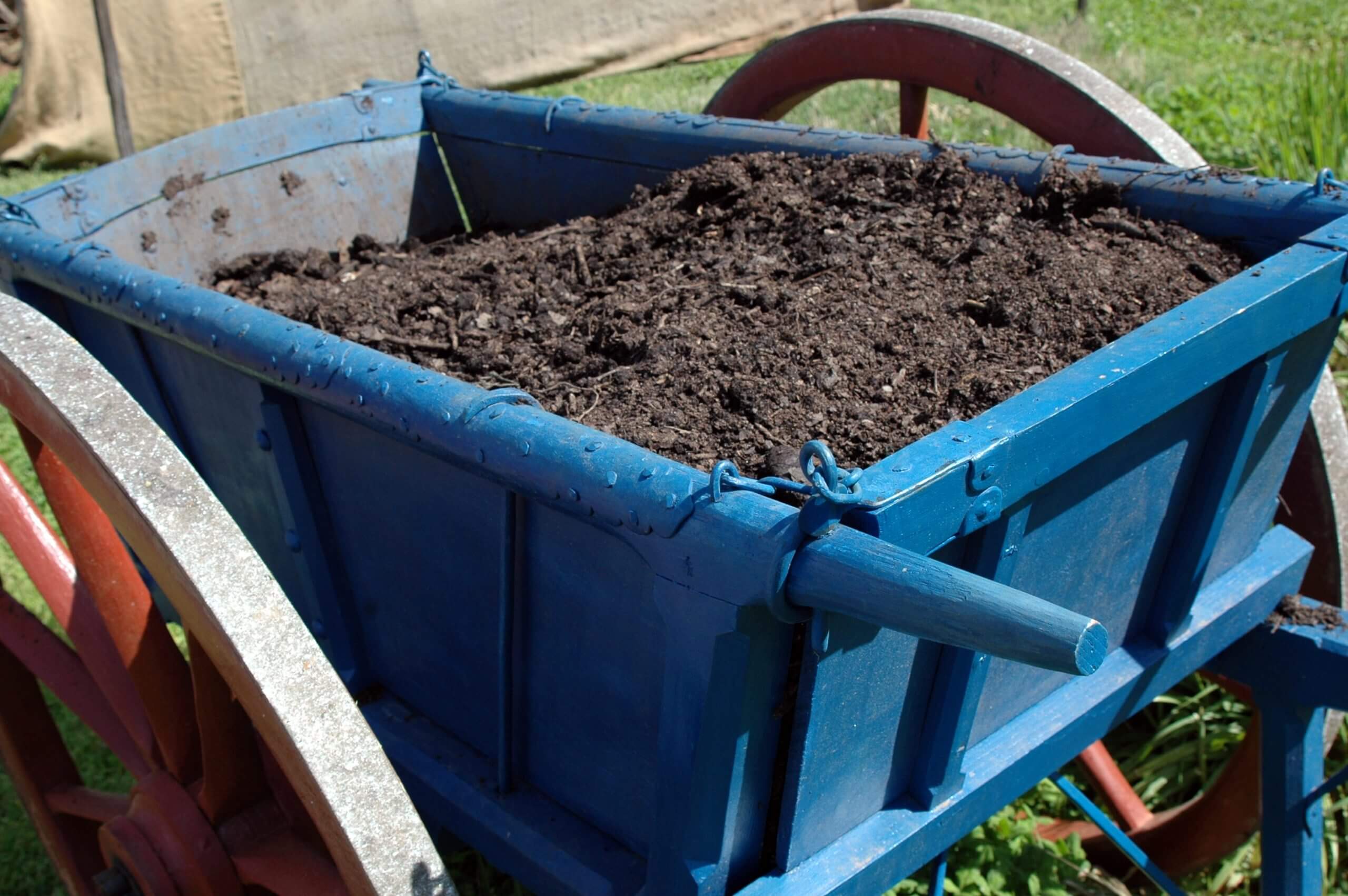 Reusing old potting soil is a bad idea. Would you risk your crop to save $25? Of course not, so why would you reuse growing media that may prove less than ideal for your valuable plants? This is the question every grower weighs after harvest: Whether to replace the growing media or reuse it another time.
Reusing old potting soil is a bad idea. Would you risk your crop to save $25? Of course not, so why would you reuse growing media that may prove less than ideal for your valuable plants? This is the question every grower weighs after harvest: Whether to replace the growing media or reuse it another time.
If you’re still not sure, consider the triple threat: Three very important reasons why fresh Sunshine Advanced soilless media will always perform.
Plant Your Organic Garden
Once your soil is fed with natural & organic fertilizers and amendments and tilled, will you grow your veggies from seed or seedlings? The answer depends on the kinds of plants you choose to grow.
Fast growing plants that have large seeds planted deeper down are usually sown directly into garden soil. These include corn, squash, cucumbers, melons, sunflowers, beans or peas. When you buy your seed, know that every packet is marked with its year just like a food expiration date. Make sure yours is labeled for the current year so the seed is sure to sprout quickly.
Slower to germinate plants with smaller seeds such as peppers, tomatoes, broccoli and greens are more easily started indoors ahead of time. These can also be purchased as seedlings at the garden center. Bonnie Plants offers a wide range of organically grown varieties in sizes from seedling four-pack to gallon pot plants already on the way toward flower and fruit. The price dictates which you choose. They are grown in peat pots that can be planted directly into the soil for minimal root disturbance. If you can’t find organically grown seedlings, buy a standard nursery-grown seedling and raise it organically for the same result.
Tend Your Organic Garden
 Ever wonder why some people can grow fabulous gardens and others can’t? The answer is simple: they spend more time with their plants and tend to their gardens more. Experienced gardeners know that frequent inspection allows them to see the first signs of trouble, whether it’s wilt, broken limbs, a digging dog or caterpillars. These can be remedied immediately before damage occurs, and without the need for chemicals.
Ever wonder why some people can grow fabulous gardens and others can’t? The answer is simple: they spend more time with their plants and tend to their gardens more. Experienced gardeners know that frequent inspection allows them to see the first signs of trouble, whether it’s wilt, broken limbs, a digging dog or caterpillars. These can be remedied immediately before damage occurs, and without the need for chemicals.
It pays to tend your organic garden for best yields. Great gardeners do it each day. Sometimes it’s with a cup of morning coffee, a glass of wine after work or when the kids are down for their naps. In short, the more time you spend out there the better you’ll tend to the silent needs of the garden. Here are some basics that can make this your best garden ever.
BLACK GOLD® Waterhold Cocoblend Potting Soil
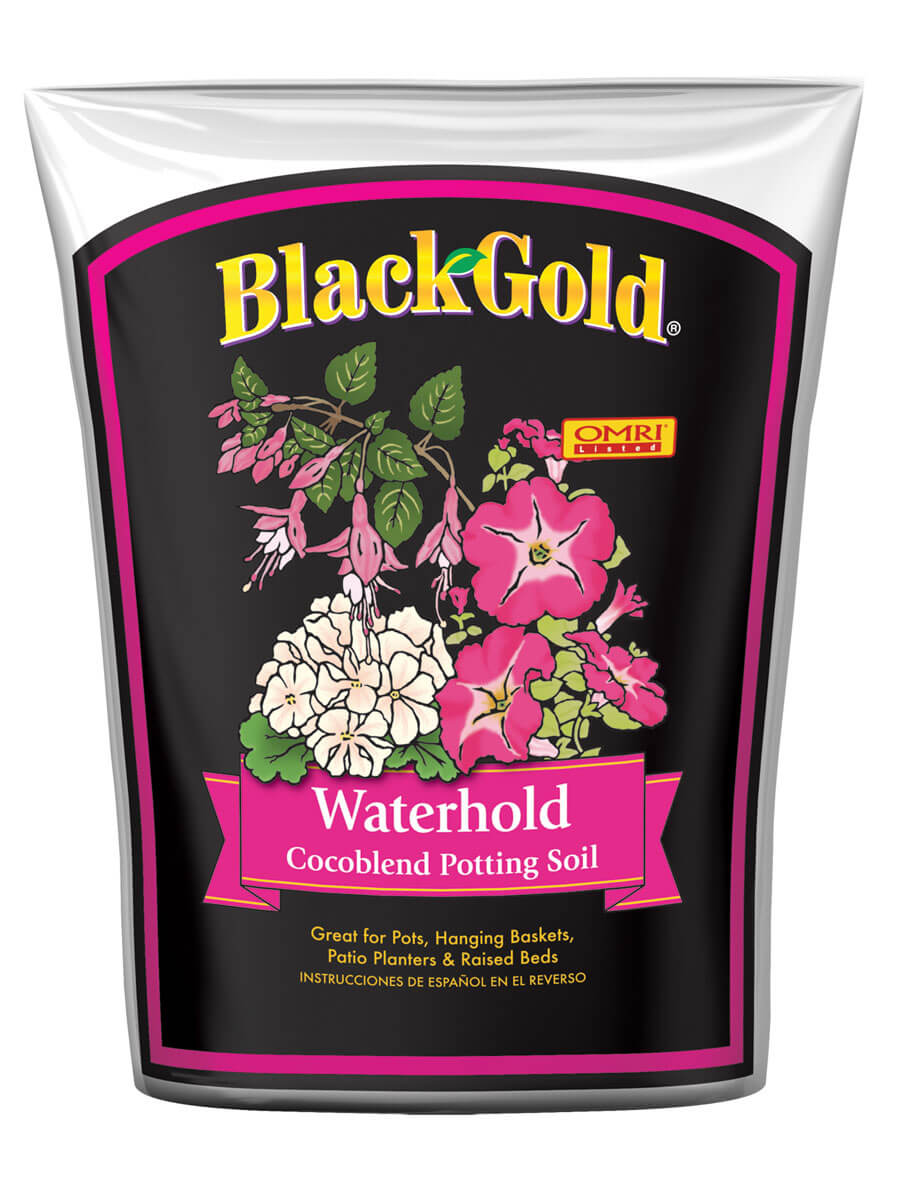
Waterhold Cocoblend Potting Soil is the sustainable solution for container gardens in arid climates or wherever water is in short supply. Its unique ability to retain large amounts of water means you water less often, which helps conserve water throughout the season. If you’ve had difficulties keeping your vegetables hydrated during the hot summer months, don’t give up on growing your own food. Give it another try with this potting soil, which is carefully blended to provide ample moisture at the root zone. Continue reading “BLACK GOLD® Waterhold Cocoblend Potting Soil”
Cultus Succulentata, the Succulent Plant Lovers Club

Ten years ago I digressed into a netherworld of horticulture that is secretive, dogmatic, painful and unforgiving. Call it Cultus Succulentata, an unofficial group of succulent lovers as unconventional as the plants we cultivate. What binds us are succulent plants able to survive in the most arid climates. But, I’m hooked on one family of this succulent cult, Cactaceae, which grow nowhere else but in the Americas. As a desert rat mentored by cactus guru Clark Moorten, at his botanical garden in the Palm Springs desert, I have been taught by the best.
Continue reading “Cultus Succulentata, the Succulent Plant Lovers Club”
Build Organic Garden Soil with Black Gold
Building organic garden soil is the same as working the soil for any other kind of garden except for one thing: you must feed the soil with OMRI Listed products for organic gardening. The ground below your feet is not just dirt but a whole living breathing universe unto itself. Within those soil mineral particles are populations of microscopic bacteria, fungi, yeasts, protozoa and algae. They are collectively known as microbes, which feed on the remnants of dead plants, also known as organic matter. Organic gardens depend on high microbe populations to make plants grow strong naturally, resist pests and diseases, and produce a bumper crop of food or flowers.
Continue reading “Build Organic Garden Soil with Black Gold”


